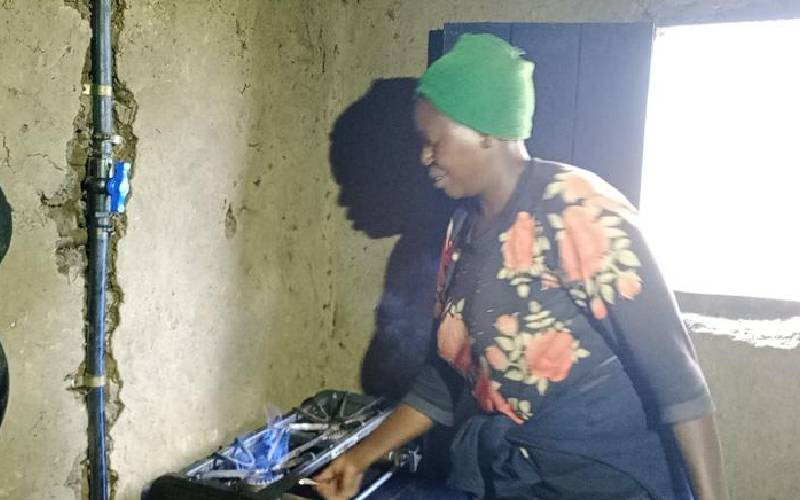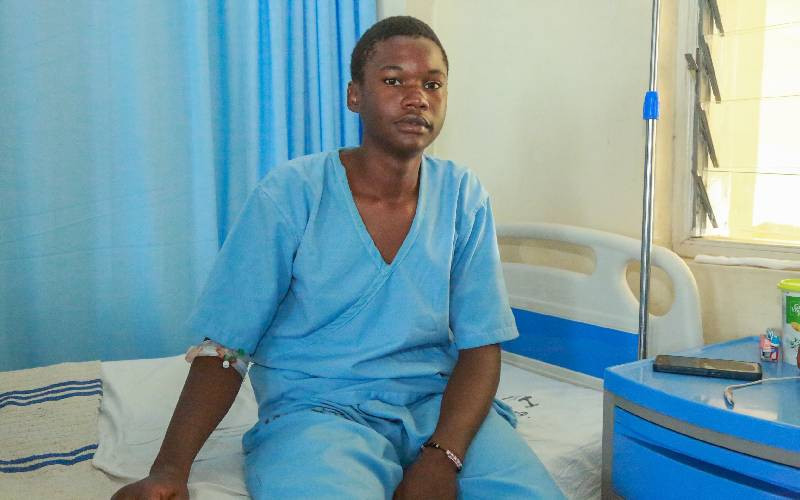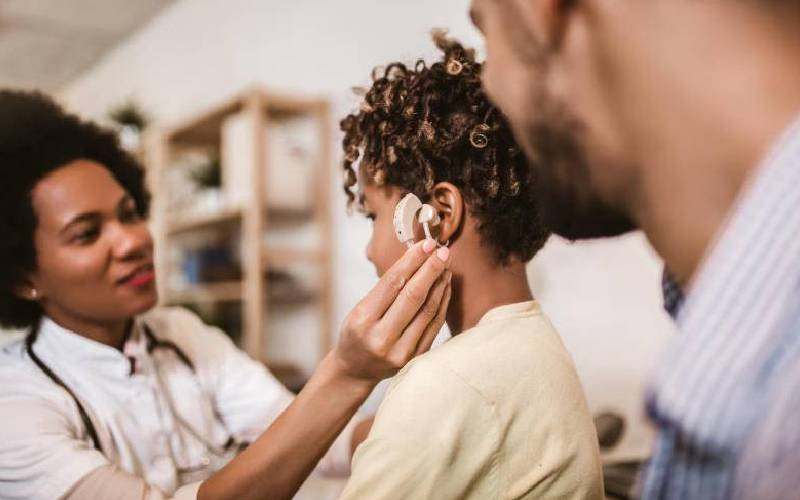
Do you feel a stabbing pain in your heel the moment you step on the floor each morning?You could be among millions of people in the world that are suffering from calcaneal spur unknowingly.
One day in 2021, 37-year-old Herine Otieno began experiencing a sharp pain in the heel of her left foot. It appeared mostly in the morning when she stepped out of bed, and again in the evening after her daily activities.
Otieno sought treatment from a doctor, who recommended physiotherapy. In 2022, the pain suddenly disappeared.
However, in December 2024, she began feeling it again, the same pain in her left heel. She assumed it would go away as before, so she opted for home remedies, including massage and short walking exercises on her way home from work.
Otieno says the pain kept increasing. Sometimes it would disappear after a thorough massage, only to return.
“Being in the marketing field, I’ve recently had difficulties walking long distances. The pain is unbearable because at times I end up dragging my left foot,” she says.
She adds: “After trying home remedies like massages, I decided to see a doctor again this August because the pain had become so unbearable.”
When she visited the hospital, she was sent for a standard X-ray on her left foot. The doctor later diagnosed her with a calcaneal heel spur.
She says the doctor prescribed painkillers, a massage gel, and advised her to change her footwear.
“The doctor also recommended physiotherapy sessions. The pain is still unbearable despite using the prescribed medication. A month ago, when the pain persisted, I suspected other conditions and went back for further consultations. More tests were done to rule out gout and arthritis. We did another X-ray, which still showed a calcaneal heel spur,” she notes.
Otieno says she has also started feeling pain all over her body, with her right leg now affected too.
“The pain has advanced up to my pelvic bone, but I’m not sure if it’s related to the calcaneal spur,” she says.
“I was advised to consider a steroid injection if the pain worsens, and if that doesn’t help, surgery can be done,” she adds.
What it is
A calcaneal spur is a degenerative condition in which a bony outgrowth, known as an osteophyte, develops on the heel bone.
According to Dr Biko Opidi, Senior Registrar in Orthopaedic Surgery, the most common symptom is heel pain felt when taking the first step of the day.
Other symptoms include sharp pain when pressure is applied to surrounding nerves or soft tissue.
“The pain increases with prolonged walking or standing. It mainly affects middle-aged women. Factors that make one more prone include obesity and wearing hard-soled shoes,” he says.
Dr Opidi explains that calcaneal spur is caused by repeated overstretching of the tissue in the foot.
“As a result, athletes and those who wear footwear such as hard soles or high-heeled shoes are more likely to develop it,” he notes.
He clarifies that the spur itself is not the direct cause of pain; rather, inflammation around the spur leads to discomfort.
“There’s soft tissue that runs across the sole of the foot and attaches to the heel bone. Tightness in that tissue causes inflammation, resulting in what we call plantar fasciitis. Diagnosis is usually clinical, but an X-ray can also confirm the presence of a bony outgrowth,” he explains.
However, he adds that other conditions can mimic the pain, so doctors perform examinations and imaging to differentiate them.
Occupations involving long hours on one’s feet, such as athletics, as well as obesity, flat feet, and some joint diseases, increase the likelihood of developing the condition.
Treatment and prevention
Treatment often involves modifying footwear to include soft soles and shoe inserts.
“Patients are advised to reduce activities that put pressure on the foot. If their job involves prolonged standing or walking, we encourage them to rest periodically. Physical therapy such as physiotherapy is also recommended,” says Dr Opidi.
He adds: “Exercises targeting the calf muscles and the tendon attached to the heel help relieve symptoms. Splinting may also be used to keep the foot in a relaxed position.”
Surgery, he notes, is a last resort after other treatments have been exhausted, though most patients rarely require it.
When it comes to footwear, Dr Opidi advises choosing shoes with soft soles and proper inner lining.
“High heels, when worn for long periods, cause tight calf muscles and Achilles tendon strain, which can lead to inflammation around the heel,” he warns.
He adds that physical therapy and stretching exercises go a long way in relieving symptoms.
“Most patients experience relief within a few months. Consistent use of these measures, combined with follow-up visits to the orthopaedic surgeon, ensures proper management,” he says.
Costs and coverage
According to Dr Opidi, treatment costs vary depending on the health facility, ranging from Sh500 to Sh5,000, depending on whether it’s public or private.
Most costs arise from consultations with orthopaedic surgeons or physiotherapists, though many healthcare covers can cater for these consultations and any necessary surgery.
He adds that the Social Health Authority (SHA) may have limitations in covering some therapy sessions and splints.
 The Standard Group Plc is a multi-media organization with investments in media
platforms spanning newspaper print
operations, television, radio broadcasting, digital and online services. The
Standard Group is recognized as a
leading multi-media house in Kenya with a key influence in matters of national
and international interest.
The Standard Group Plc is a multi-media organization with investments in media
platforms spanning newspaper print
operations, television, radio broadcasting, digital and online services. The
Standard Group is recognized as a
leading multi-media house in Kenya with a key influence in matters of national
and international interest.











